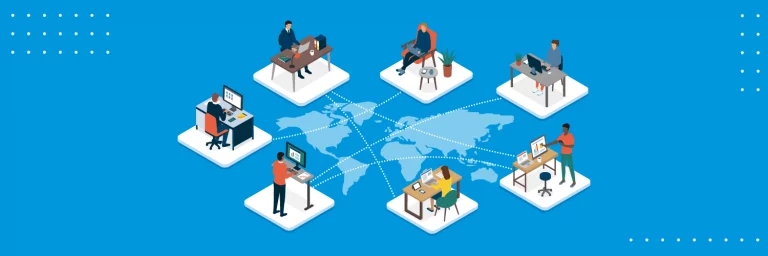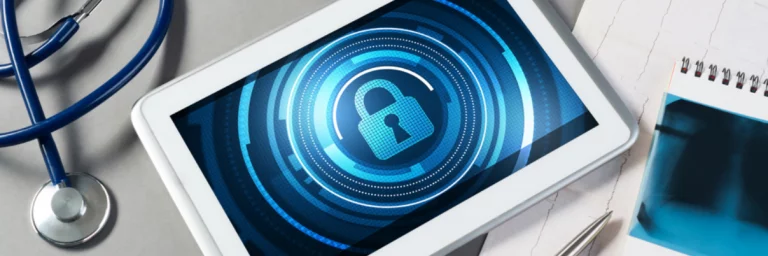Top Approved Retail Tech Trends 2017 to Boost Sales Offline and Online Part 2

Continuation of the previous article.
After returning from the dmexco (a detailed report from us is expected for sure), our business development team caught the spirit of ‘data as everyone’s product’ flying in the air.
Tomorrow has come already today. It is concerned not only artificial intelligence, omnichannel, but also a digital ledger, recognition of personality with biometrics in-store, and all-sufficient solutions. Well, let’s dive deeper to discover more.
6. Blockchain
Every year industries resign themselves to their fate of blockchain disruption. Starting from digital currency, this technology has been penetrating into the commercial world like a glorious pacing of the beast ahead. E-Commerce fell into its nets and is not going to get out of it. Blockchain (BC) is of increasing importance to retailers for several reasons.
Smart contracts allow retailers to get transactions defined, measured, executed automatically without an admin intervention. Using decentralized technologies, all paper-native warranty issues can be moved into the cloud and fall on the shoulders of the third-party blockchain company to deal with. A delivery succession ‘supplier-manufacturer-retailer-consumer’ wins with a transparency of the BC in tracing products — supply chain ledger. Recorded in the blockchain’s digital ledger, certified merchandise is hard to be stolen. The essential adaptation of BC is to use a token system for settlements of accounts with multiple suppliers based on a set of completed steps.
Blockchain disrupts industries
So it seems that a product’s journey is getting reliable.
7. RFID Technology
The real potential for retailers in luxury market is fulfilled radio-frequency identification sensors (or RFID for short) combined with blockchain solutions. These small chips engage with remote scanners so that every merchandise labeled by them can be tracked and receive transmitted signals.
Brands of luxury goods strive to reveal the preferences of a moody group of consumers, particularly of millennials, and the same time to accord great importance to each individually. It can be used for the exclusive selling limited-edition items, facilitating the inventory counting, tracking goods throughout the supply chain, delivering the greatest guest experience, giving more information on the item in-store, coordinating a buyer-consultant interconnection, etc.
RFID is not like something new with its first appearance during World War II for identifying friendly aircraft. But the commercial use gained the popularity far later a half of century ago.
8. Biometrics
Biometrics is worth of saying and that is why. For consumers, it is pleasant to have a sense of their importance entering the store. Brands which use biometric technology know how to get their mojo working. Entrances equipped with facial recognition systems can easily transmit the signal with personal information of incomers to grant them with a warm welcome.
To improve security and prevent employee thefts biometrics-enabled POS terminals are widely used. Speed-and-ease-driven users prefer authentication to log in with biometrics (fingerprints, retinal scan, etc.). After announcing FaceID in iPhoneX with a fingerprint ID far behind, the retail segment expects developers to produce mobile apps on that basis for a new breakthrough there.
Presentation of FaceID in iPhone X
9. Machine learning and analytics
Being all-sufficient SaaS apps, machine learning solutions do not need upgrading in retailers’ systems. Once integrated with a workflow automation software it will serve on a regular basis. Large-scaled retailers had long since trusted thoroughly considered holistic data patterns about their end consumers. The rest take after industry’s giants closely.
Predictive analytics based on machine learning algorithms uses data to foretell offerings for buyers who even didn’t know that they want suggested purchases. Often algorithms work with a shopping history absorbing data about buyer’s previous purchases to predict the coming. It is augmented with shoppers geo moving, last searches, age changes and as a sequence changes in tastes, type of purchases (one-time or regular merchandise), etc. Machine learning technology allowed to build a dynamic pricing strategy concerning the changing market conditions, segmentation, peak user activity, time of purchase which had not been the case before.




